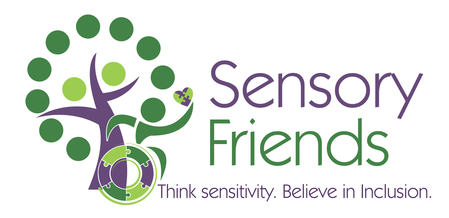What does it mean to have Sensory Processing Disorder (SPD)?
How are the five senses affected?
Possible Issues: It could be difficult for children or adults to process information they see. This is different from having blurred or unclear vision. It’s about how information is processed and interpreted by the brain. If there is too much visual stimulation surrounding the person, this may cause issues with being able to distinguish objects and things around them. Think of a busy city street (lots of cars, big buildings, large crowds, store fronts, flashing lights, street vendors, tables, etc.), this could be visually overwhelming for someone with visual sensory issues. It could possibly cause sensory overload. This causes confusion, inability to focus and concentrate.
Possible Issues: Tactile sensitivity is very common for people with Sensory Processing Disorder. Some people experience unusual sensitivity to touch, hugs, or closeness. They may experience sensations that feel weird, abnormal, or even painful. This results in many individuals left to feel or seem unattached. Other issues could include challenges with wearing certain clothing, shoes, or grooming (brushing/cutting hair, brushing teeth, nail clipping, bathing, etc.).
Possible Issues: Some may be overly sensitive to certain smells (strong perfume, flowery scents, pet stores, garbage cans, etc.). There may be issues during meal times as well because of some odors. This could serve as a strong distraction to the affected person - causing them to gag or wish to leave the area.
Possible Issues: Many individuals who have a hard time eating certain food textures end up having issues with nutrition. Some individuals need more oral information and like to chew or eat things that are not edible, such as paper, clothing, or toys. This could lead to a condition called, “Pica.” It’s the desire to eat things that are not food or have no nutritional value. It’s very common in children between the ages of 1 and 6, and it’s treatable.
Possible Issues: some may be highly sensitive to certain sounds (sirens, alarms, screams, yelling, etc.) causing them to feel pain or terrified. Some may be easily distracted by sounds (fish tank bubbles, light buzzing of fluorescent lights, etc.) that others without sensory processing disorders can easily tune out.




 RSS Feed
RSS Feed